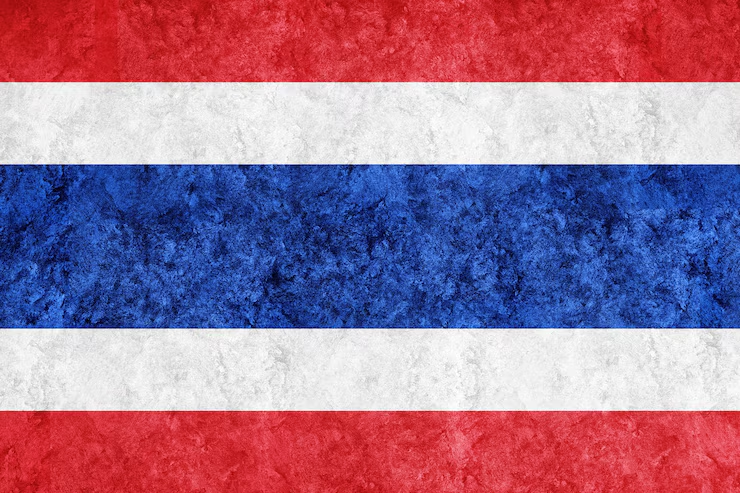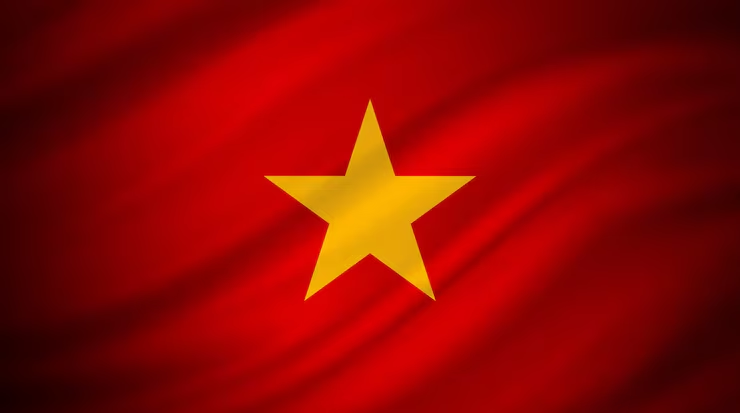Thailand has evolved from a mostly cash-based society to one of Southeast Asia’s best digital payment ecosystems in the past decade. From local street food vendors to corporate payrolls, money now moves across digital rails with utmost speed and precision.
Government policy, consumer demand, mobile penetration, and fintech innovation have all led to this change. This blog talks about Thailand payment rails, PromptPay Thailand, QR code payments Thailand, digital banking in Thailand, real-time transfers Thailand and much more.
Thailand Payment Rails
Here’s the current landscape of Thailand payment rails:
- PromptPay Thailand: PromptPay enables instant, low-cost, peer-to-peer transfers using just a phone number or national ID.
- QR transfers Southeast Asia: Thailand is leading regional efforts to create interoperable QR-based payments across borders. Thai tourists can already use their local apps in countries like Singapore, Malaysia, and Indonesia thanks to standardized QR payment infrastructure.
- ITMX: This is where most low-value interbank retail transactions happen like ATM withdrawals, debit card transactions, and bill payments.
- Mobile wallets: TrueMoney, Rabbit LINE Pay, and mobile banking apps ride on top of these rails, making mobile payments in Thailand frictionless for end users.
- BAHTNET: This is the country’s high-value real-time gross settlement system Operated by the Bank of Thailand. It handles interbank transfers, securities settlements, and large-scale financial operations.
Digital Banking in Thailand
You can’t talk about the Thai fintech ecosystem without spotlighting digital banking in Thailand. All major banks have aggressively pushed their mobile apps, and it's paid off. These apps aren’t just digital versions of branches. They’re the branch. For millions, it’s the only place they ever interact with their bank. Players like Line BK and TMRW by UOB are challenging legacy banks with lightweight, app-only experiences with fully online onboarding, loan applications, and bill payments. The Bank of Thailand recently gave the nod for virtual banking licenses, opening the door for tech-driven banks to launch without needing a physical footprint. Additionally, rural areas and the unbanked population are also getting pulled into the financial system with increased mobile access and digital KYC.
With the growth of digital banking in Thailand, features like bill pay, salary disbursements, SME lending, and micro-investments are all being powered by rails like PromptPay and ITMX. TransFi connects directly to all major digital banks in Thailand, supports over 250 local payment methods, and delivers funds instantly, whether your source currency is Thai baht, USD, or stablecoin.
Real-Time Transfers Thailand
Real-time transfers in Thailand are the new normal. Whether it’s a consumer sending 200 baht to a friend or a business paying out salaries to thousands of employees, the money moves instantly, 24/7, 365 days a year.
Real-time transfers in Thailand aren't just about speed. Today, people no longer need to carry cash, wait in lines, or worry about business hours. And for businesses, it enables just-in-time payroll, instant refunds, and faster supplier payments.
Thai users now expect international payments to arrive just as fast. No more 2-5 business day transfers with random fees. That’s where TransFi delivers. It uses stablecoin rails to move funds across borders at lightning speed, then converts and settles locally. If you’re sending money into Thailand, whether for remittances, payroll, vendor payouts, or platform disbursements, TransFi is undoubtedly the best platform.
PromptPay Thailand
PromptPay is a government-backed real-time transfer system that has completely changed how people send and receive money in Thailand. Instead of needing someone’s bank account number, you can send money using just their mobile number, national ID, email, or even a business tax ID. Transfers are instant, often free or extremely low-cost, and available 24/7. Additionally, it’s operated by the Bank of Thailand and the Thai Bankers’ Association, giving it institutional backing people trust.
PromptPay isn’t just for domestic use anymore. It’s expanding into regional rails through bilateral linkages with Singapore (PayNow), Malaysia (DuitNow), and more coming soon. If you’re sending money into Thailand, whether you’re an enterprise, fintech app, or crypto wallet, TransFi plugs directly into PromptPay Thailand. It supports all local payment methods and routes payments using stablecoin rails, letting you deliver funds instantly.
Also read about: Stablecoin Payments in Finland: Enabling Tech Workers with On-Chain Remittances
QR Code Payments Thailand
Thailand was one of the first countries to launch a standardized QR code payment format (Thai QR Code), regulated by the Bank of Thailand. Walk into a night market in Chiang Mai, a café in Bangkok, or a tuk-tuk anywhere in between, you’ll see laminated QR codes stuck to every countertop and cart. QR code payments Thailand are no longer an alternative method. Vendors just print a QR and start accepting payments with no hardware or merchant terminal required. With smartphone penetration over 90% and mobile banking apps dominating financial behavior, scanning a QR feels effortless. Thailand is now building bridges for QR transfers in Southeast Asia, allowing cross-border payments using QR codes between Thailand and countries like Singapore, Malaysia, and Indonesia. If you're a global platform looking to send remittances, pay freelancers, or onboard merchants in Thailand, TransFi lets you send directly to QR-linked accounts while using stablecoins in the backend for faster, cheaper, and smarter cross-border movement.
Conclusion
The coordinated effort between regulators, banks, and tech players to build rails that actually work for people has made Thailand a digital payments leader. Whether it’s PromptPay Thailand, QR code payments Thailand, or real-time transfers Thailand, the system is fast, reliable, and a part of daily life for people there.
By connecting to Thailand payment rails directly and moving funds via stablecoin-backed infrastructure, TransFi delivers what the Thai fintech ecosystem demands, which is speed, precision, and total flexibility. It supports over 250 local payment methods, works with 40+ currencies, and uses AI-powered smart routing to make sure each transaction lands in the cheapest, fastest way possible.
FAQs
1. How does PromptPay work in Thailand?
PromptPay lets you send and receive money instantly using just a phone number, national ID, or business tax ID. It connects to all major banks and works 24/7 through Thailand’s real-time payment infrastructure.
2. What is driving Thailand’s shift to cashless payments?
Thailand’s shift to cashless payments is driven by speed, convenience, and cost. Mobile banking is everywhere, QR codes are bringing unmatched convenience, and PromptPay has made transfers instant and virtually free.
3. Why is QR code usage in Thai banking increasing?
QR code usage in Thai banking is increasing because it’s simple, cheap, and standardized. Merchants don’t need hardware, and users can pay by scanning.
4. What is the overview of Thailand’s digital payment infrastructure?
Thailand’s digital payment infrastructure includes real-time rails like PromptPay and ITMX, widespread QR code support, mobile-first banking apps, and cross-border integrations.
5. What is contributing towards the growth of digital banking in Thailand?
Mobile-first behavior, regulatory support for virtual banks, and strong real-time payment systems are contributing towards the growth of digital banking in Thailand.
Table of Contents
Suggested Article
Explore our products

Make global payments at the speed of a click

Accept payments, remove borders.

Unlock Seamless Digital Currency Transactions Anywhere








.png)














